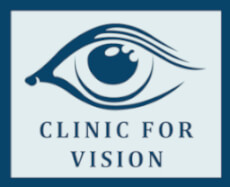Keep up to date on the latest vision related news and events from Clinic for Vision in Albertville, serving Boaz, Guntersville, and Douglas, AL.
Personalized lenses are here! Crisper, clearer vision than you ever dreamed possible thanks to state of the art diagnosis, measurment, and manufacturing. These one of a kind lenses are now available to our patients.
Regular eye exams are crucial for young adults, not only for vision correction but also for early detection of eye diseases, combating digital eye strain, and making informed lifestyle choices.
Wearing contact lenses can be a convenient and hassle-free alternative to traditional eyeglasses.
It’s important to understand the importance of pediatric eye care and early detection of vision issues in children, particularly the role of comprehensive eye exams in ensuring optimal vision development and overall eye health.
While many people turn to tap water to rinse their eyes, it may not always be safe. Find out when to use water, and what to use when you can't!
Did you know that your eyes are often the first line of defense when it comes to detecting and treating many common systemic diseases and conditions? It's true!
An eyelid twitch can develop for a number of reasons, and most of the time it’s not a cause for concern. Find out what may be causing your eye to twitch and what can relieve it.
